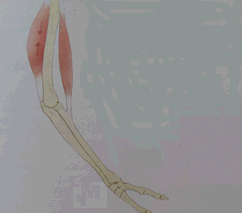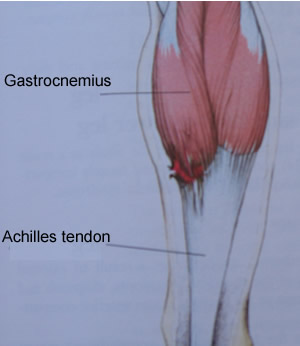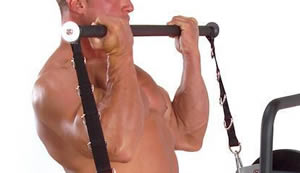Sports Science
Muscles
In order for our framework
(skeleton) to have moving parts we need muscles. Muscles are arranged
around joints and can create movement by contacting. When muscle cells
are stimulated, by an electrical impulse from a nerve, they contract.
Contraction of the muscle creates a force that pulls on the bone to
produce movement.

Muscles are attached to bones by bands of fibrous tissue called tendons. Tendons are very tough and are composed mainly of strong, flexible collagen fibres and special cells called fibroblasts. All the force generated by the muscle to move bones against a resistance is transmitted through the tendon. The tendon is not elastic and often tears when put under severe strain. Warm-up periods are very important before exercise. Warm-up exercises increase the blood flow to the muscle tissue in preparation for the ensuing sporting activity.


How does muscle tissue contract?